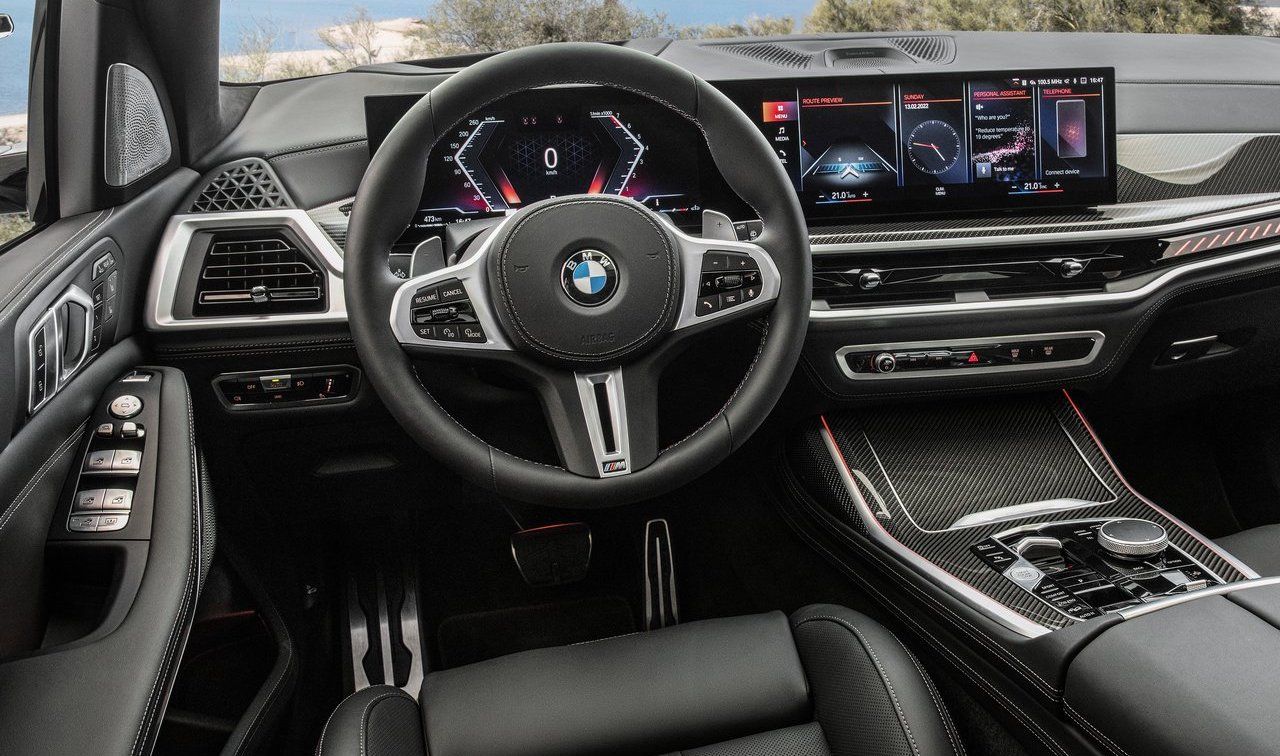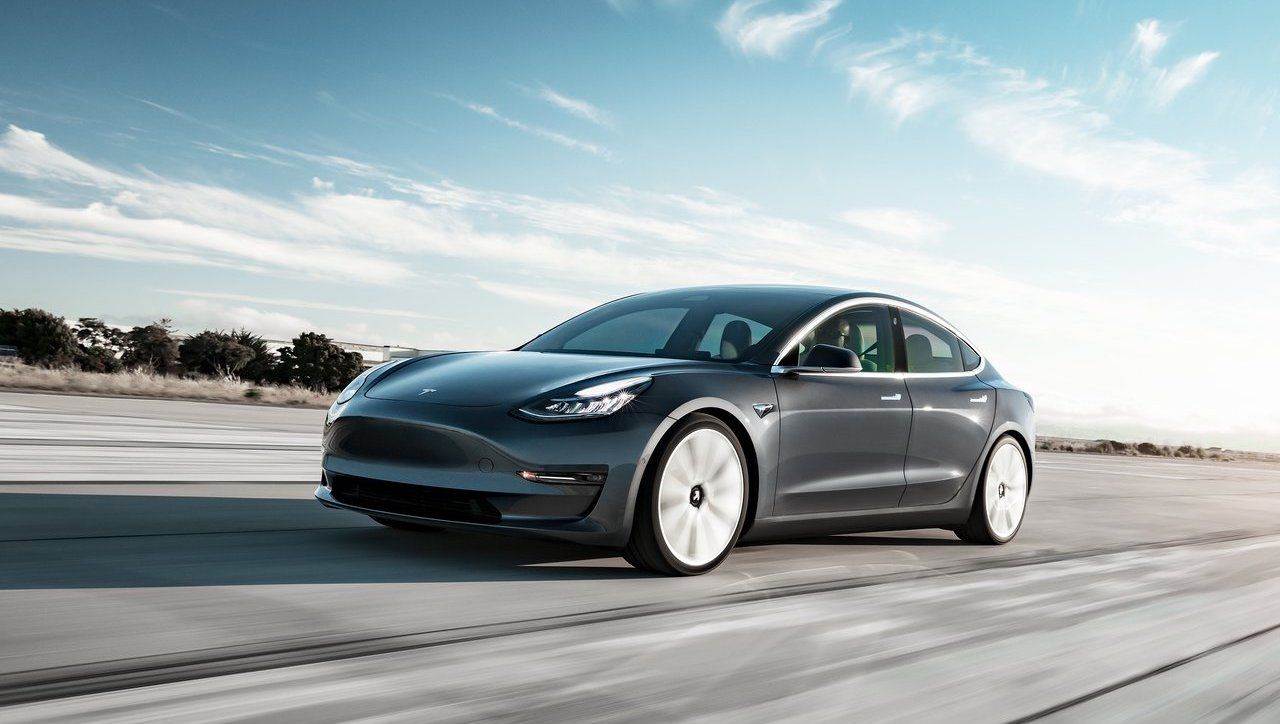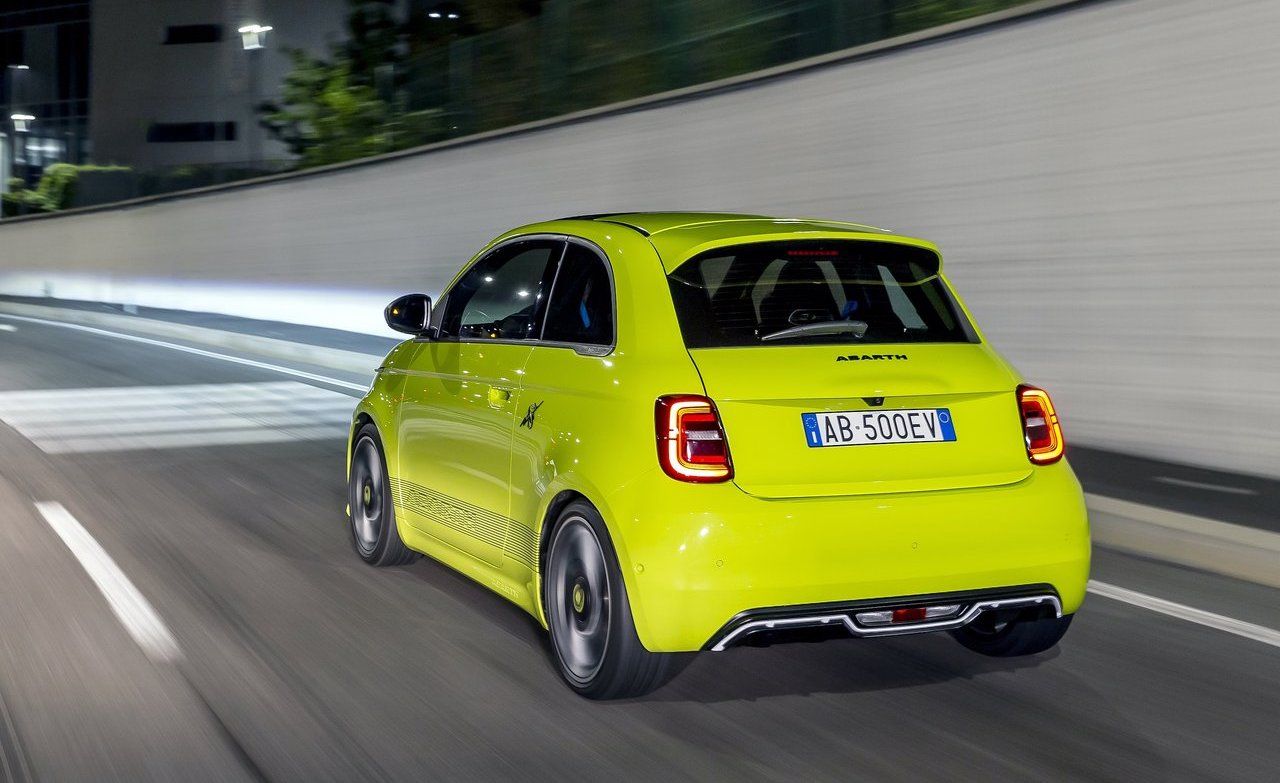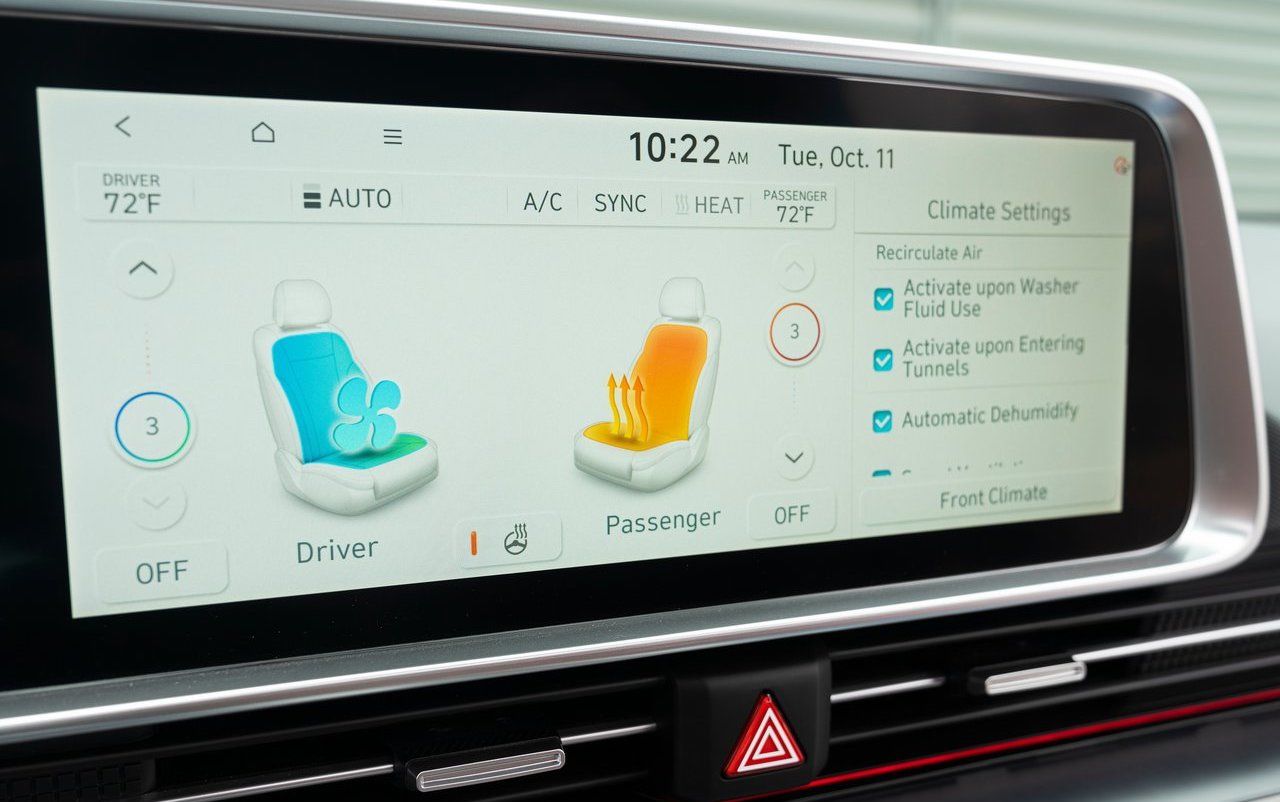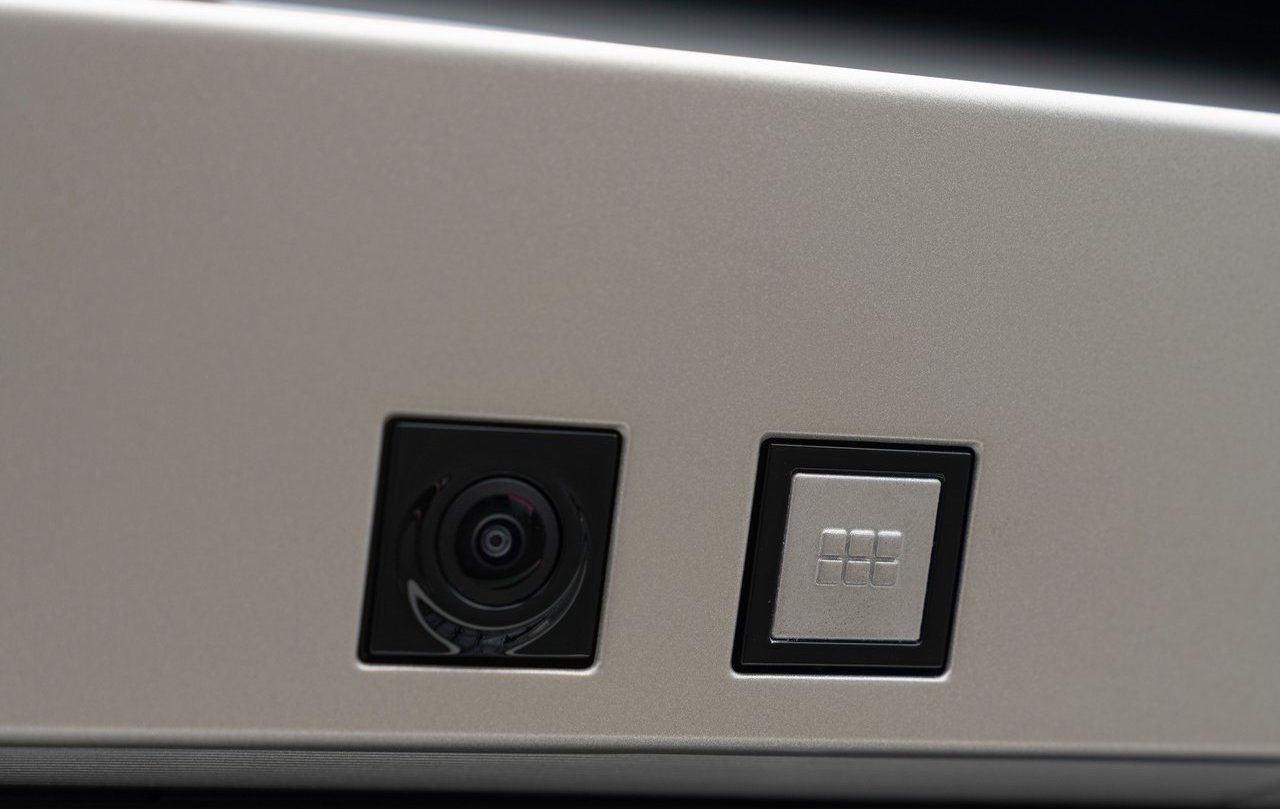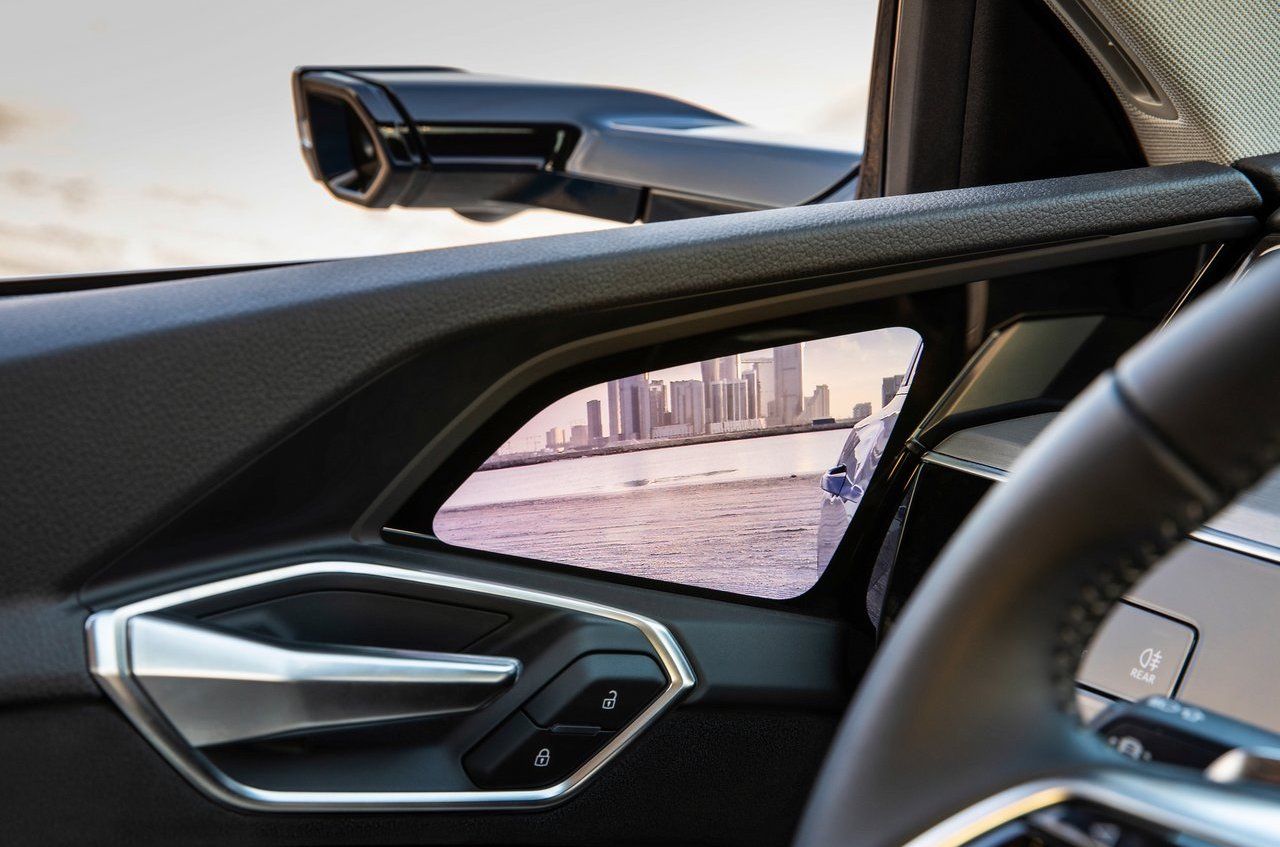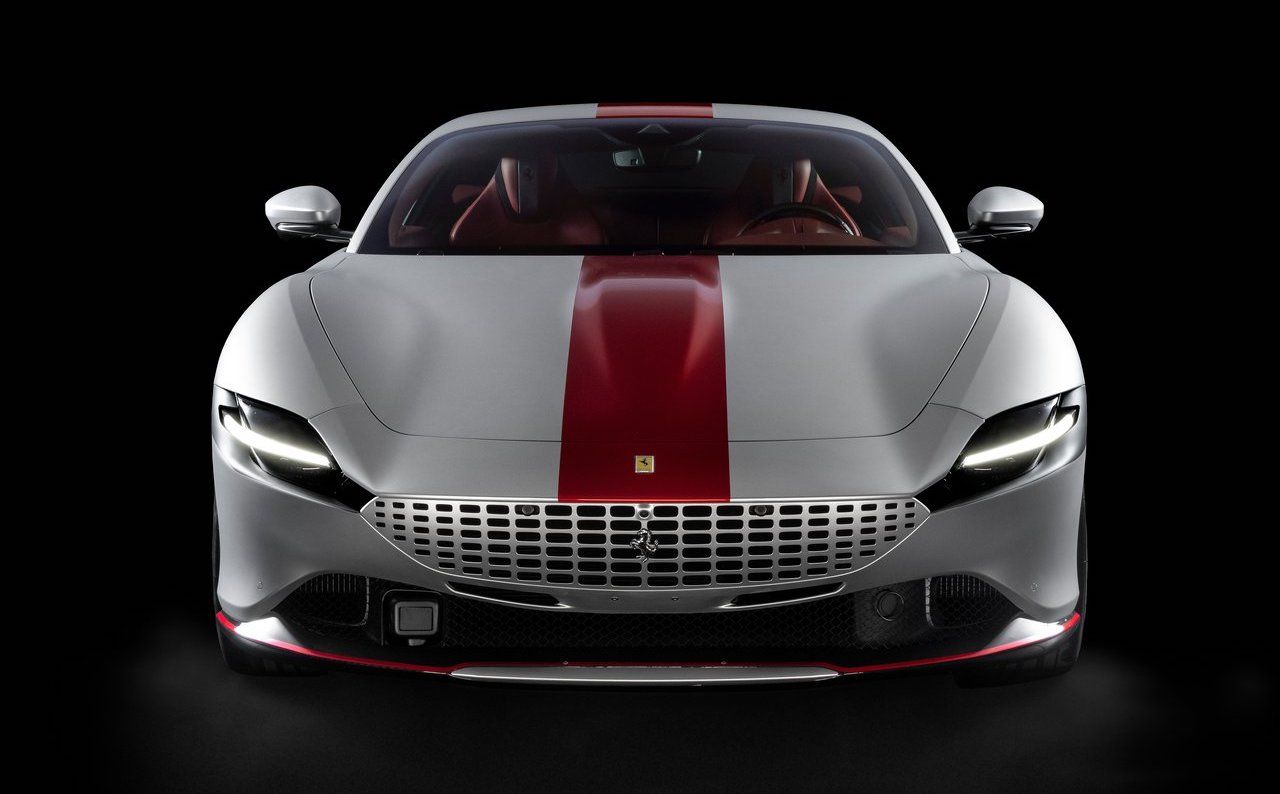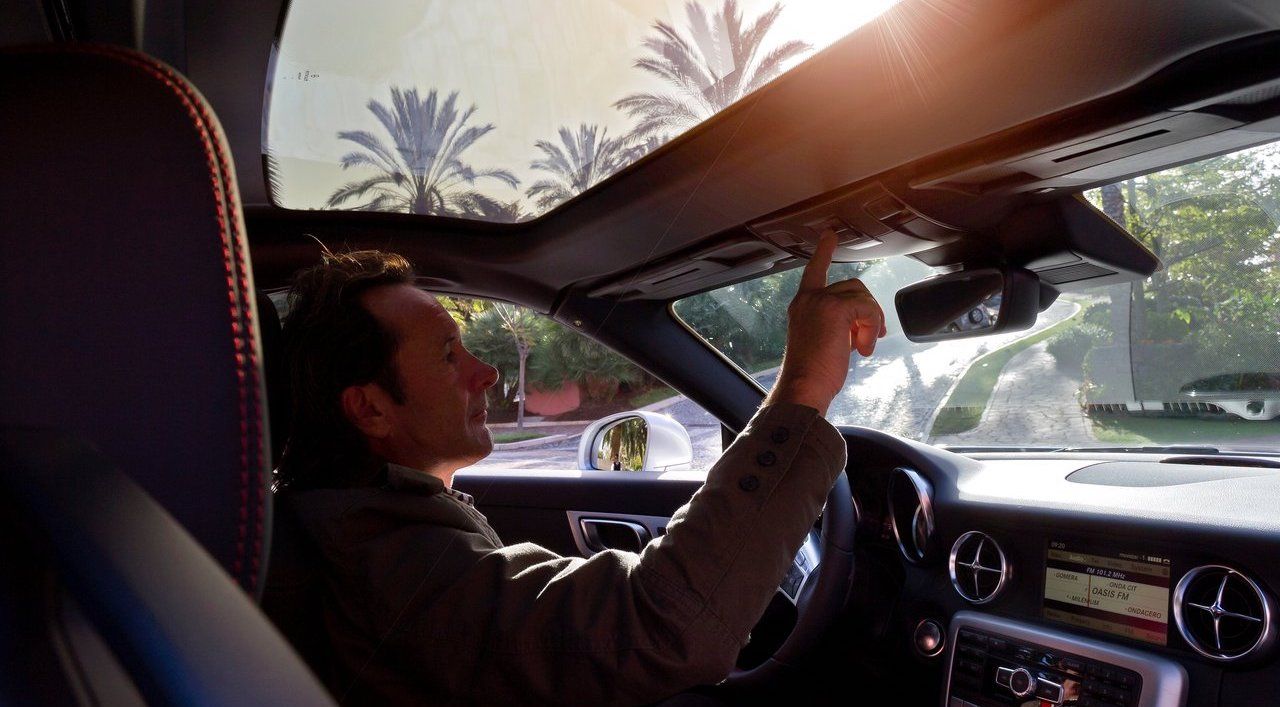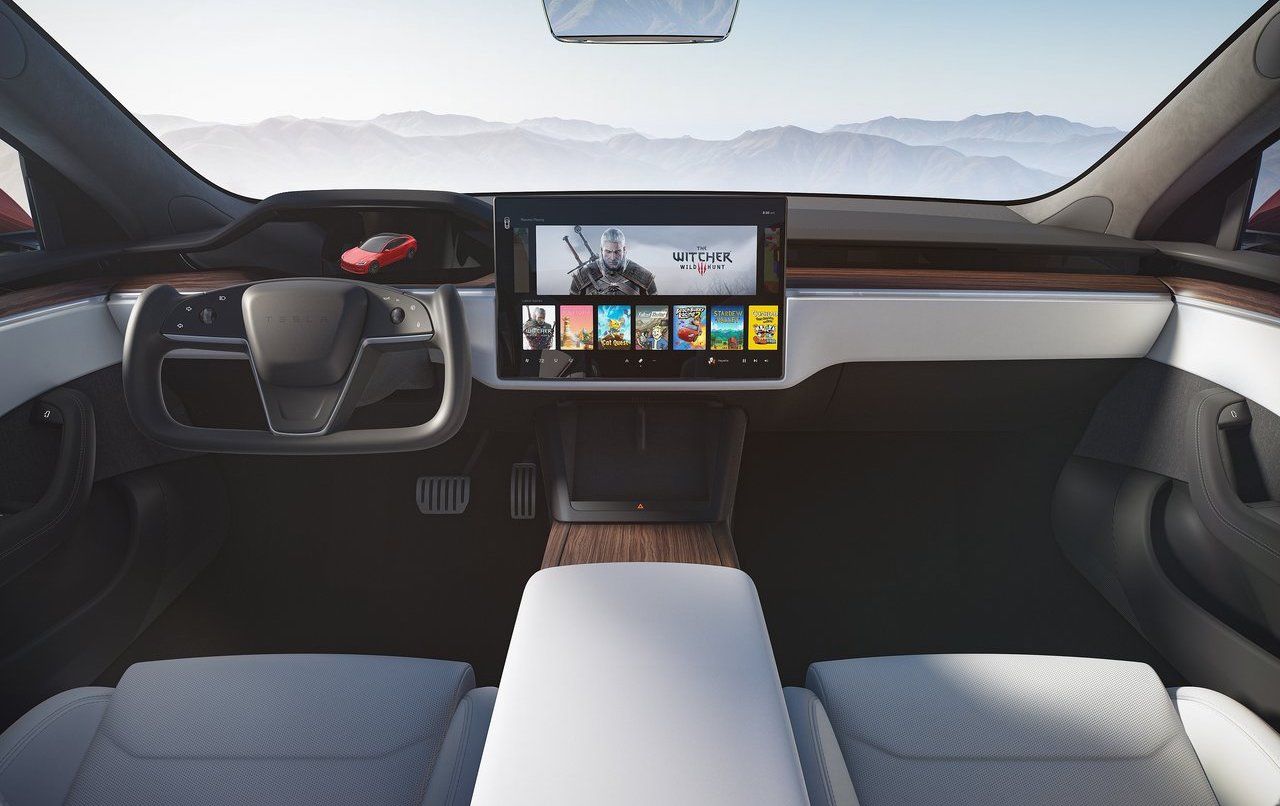Automobile manufacturers are constantly developing and refining the technologies and features available in their vehicles. Over the past decade, consumers have come to expect much more from their cars than ever before. Until recently, the humble radio and CD player would have satisfied most buyers. Today, a fully integrated touchscreen infotainment system with smartphone mirror is considered essential in all but the most basic cars. While this technological advancement is something to be lauded, in some cases, manufacturers have gone a step too far.
Unbroken progression has meant that some features have now been over-engineered, creating more problems than they solve. Sometimes less really is more, with time-honored features offering a simpler, safer alternative to the latest and greatest. Consumers should vote with their feet, before the proliferation of certain features makes them mainstream. These are some of the most frustrating features of new cars.
9 Subscription model options
We’re all familiar with the ability to customize a factory order car by selecting optional extras from the configurator. Although many of these add-ons attract a high price, once purchased, you have unlimited use for the life of the car. BMW has changed the tradition and now offers a subscription service known as “Connected Drive” for many optional extras. In essence, you pay a monthly fee for something already built into your vehicle.
The service doesn’t currently exist in all markets, but for the markets it does, here’s how it works. Heated seats and steering wheels are some of the most popular options among drivers in cold weather. UK drivers will have to pay around $18 a month to ‘unlock’ these features in their car. The costs soon add up, with a years rental costing roughly $180. While installing all these options can simplify the production process, it seems a bit stingy that the features are not only included in the standard specification. Considering the environment, it seems a waste to include equipment that sits behind a paywall and can never be used.
8 Aerodynamic wheel covers
To achieve maximum battery life, Tesla and other electric vehicle manufacturers have focused on reducing the drag coefficient of their vehicles. From smooth and slippery body designs to low rolling resistance tires, a noticeable increase in range has been possible. Some manufacturers are now taking it a step further, equipping their vehicles with “aero drums”.
Reminiscent of the plastic caps found on older and lower spec cars, they do nothing to improve the vehicle’s aesthetics. Take the Tesla Model 3 for example, the car’s standard aerodynamic covers are certainly far less attractive than the multi-spoke aluminum wheels they hide. Fortunately, the brand even offers an inexpensive $60 kit, which includes center caps and screw caps, so owners can show them off. For many, a modest gain in range will be more than justified by the improved looks.
7 Exhaust sound emulators
There’s no denying the appeal of a sporty-sounding engine, especially for gear owners. Lack of character and underwhelming exhaust notes have long been a problem among down-engined vehicles. This is taken to another level in electric vehicles, with the complete absence of a combustion engine.
To satisfy buyers, many manufacturers have tried to create copycat exhaust notes, often with an electric twist. While many would agree that these artificial sounds are better than nothing, in many cases they leave a lot to be desired, sounding more like a spaceship than a car.
6 Touch screen controls only
The desire for a sleek, minimalist cockpit has led many manufacturers to do away with traditional physical control buttons. While in many cases a clean and desirable environment is created, form has been prioritized over function. Many buyers are increasingly frustrated that they can only control essential functions via a touch screen.
Despite the increase in screen size and the implementation of haptic feedback systems, there’s no denying that navigating through a series of menus is much more difficult than feeling a physical button. In an age where road safety is a top priority, it seems counterintuitive to force drivers to take their eyes off the road to adjust a basic setting.
5 Reversing cameras
The continued rise of the SUV, and particularly the coupe variety, makes good global visibility difficult to achieve. Sloping roofs, narrow windows and thick body pillars greatly restrict the view of the world around them. To overcome these limitations, reversing cameras have become a popular feature in modern vehicles.
Unfortunately, these are not a perfect solution and implementation varies greatly between manufacturers. Dirt and road grime is the biggest problem, with dirty spray coating the lens and obscuring visibility. Although manufacturers cannot control the environment, there is the ability to overcome the problem through intelligent design. To this extent, several brands have added a washer system, or better yet, a pop-up camera. Leaving the camera exposed and susceptible to obscuration is simply not good enough, especially since reversible cameras have become a necessary safety feature.
4 Digital side mirrors
To further reduce the drag coefficient of their vehicles, many manufacturers have had to get creative. Traditional car side mirrors have increased in size over the years. This is especially true as SUVs have become more popular and safety has become a priority. When it comes to electric vehicle range, minimizing drag is an important consideration and can help gain crucial extra mileage. One solution to the problem is the use of digital side mirrors. Instead of a traditional wing-mounted mirror, a small camera is mounted on an arm. Being a much sleeker setup, drag is reduced, saving energy and helping to eliminate intrusive wind noise. While this all sounds great on paper, in reality, there are a number of drawbacks.
The first challenge is getting used to looking down at door-mounted screens, rather than a traditional mirror. Checking your mirrors is one of the most important things a driver can do to reduce their chances of getting into a collision. Consequently, it is one of the first things that is taught, and the most ingrained habits. The simple change of location can be difficult to adapt to. Another problem is related to the need to manually change the field of view displayed on the screen. In a traditional setup, shoppers can only move their head for a slightly enhanced view. As an additional consideration, repair costs will be significantly higher than a standard mirror if the camera is damaged.
3 Annoying security sensors
To improve safety, a large proportion of new vehicles implement autonomous safety features. In order to detect the world around them, the cars are equipped with advanced radar systems and camera sensors. Unfortunately, the need for an unrestricted “view” of the road often results in conspicuous sensor placement.
While this may not be particularly important in “normal” cars, even desirable performance cars have been affected by pesky sensor placement. In particular, the elegant silhouette of the Ferrari Roma is altered with a sensor mounted on the front bumper, just like the powerful BMW M3.
2 Intrusive warning alarms
It cannot be denied that the automotive industry has a strong and important focus on improving safety. Countless advances have been made over the years and warning alarms have been an essential part of that.
However, driving some modern cars can feel like an assault on the ears. Drivers are constantly bombarded by intrusive beeping alarms, often to the point where they become relatively meaningless. The excessive use of bongs and beepers has undoubtedly led to a lack of concern and consequently an increased risk of an incident occurring.
1 Non-conventional flyers
The traditional steering wheel is an established and accepted part of a car’s setup. The feature oozes simplicity and drivers can easily switch between vehicles, knowing they can get proper and safe control. While a “flat bottom” has become a common feature on performance cars, the “wheel” has generally been just that, a wheel.
However, some manufacturers have decided that this feature is due for a revision. Tesla, for example, has equipped its Model S with a “Joke”. Shaped more like a rectangle than a circle, the feature can be difficult to get used to, especially around curves.



